Solar Power System Recommendations In Syria
 Jan 07,2025
Jan 07,2025

 XINDUN
XINDUN
Syria, a country that has long been devastated by war, faces many unstable factors, including unstable power supply. The shortage of electricity will affect people's daily life and corporate production. However, in the predicament, there is a device that can give Syria new hope-solar inverter. This device that uses solar energy to generate electricity and converts it into electricity through an inverter can provide a new solution for Syria's power supply.
Solar energy can bring electricity supplements to the Syria people, and a simple solar power system can meet the electricity needs of Syria shops and households. Syria has abundant solar energy resources. The use of solar power systems can greatly effectively alleviate the shortage and instability of Syria electricity. So how is the development of solar power systems in Syria? How to choose a solar inverter in Syria? What are its conditions, environment and related policies?
On December 8, 2024, the Syria opposition forces have entered Damascus and the Assad regime has ended. The content and data of the article below by Xindun are introduced one by one before the end of the Assad regime in Syria.

I.Solar power generation environment in syria
Syria is located in western Asia, on the eastern coast of the Mediterranean Sea, at the intersection of Asia, Africa and Europe. It is the center of the Middle East and the center of the Middle East with the richest oil and natural gas in the world. At the same time, Syria also has rich solar energy resources and huge development potential. The northern part of Syria has a subtropical Mediterranean climate, and the southern part has a tropical desert climate. The desert area has less rainfall in winter and is dry and hot in summer. Syria has more than 300 days of sunshine per year, with an average daily sunshine duration of about 9 to 13 hours. The sufficient sunshine provides a good foundation for the collection and conversion of solar energy.
The annual average solar radiation in most parts of Syria is between 1,800 and 2,000 kWh/m2, and the average solar radiation rate on the horizontal plane is about 5 kWh/m2/day. Such radiation can receive solar radiation more effectively and can fully meet the needs of large, medium and small-scale solar power generation.
Solar power products have huge market potential in Syria. Syria has a population of 23.22 million, most of whom are concentrated in urban areas. The destruction of infrastructure and insufficient power supply caused by the war also provide a broad application space for solar power generation.
II. Current situation of electricity in Syria
Syria's largest source of electricity generation is oil, accounting for 57% of the total electricity generation. Natural gas is also one of the important energy sources for Syria's electricity generation. Before the crisis, Syria once had the largest national power grid in the Middle East, with a total of 39 large-scale power plants in the country. At present, half of the power grid has been damaged and paralyzed. The rest mainly rely on private solar and wind power generation and small-scale household fuel power generation.
According to data from the U.S. Energy Information Administration, Syria's electricity generation in 2021 was 16.77 billion kWh,, and Syria's electricity consumption in 2022 was 12.91 billion kWh. Syria has an available installed capacity of about 9,000 megawatts in 2024, but the actual supply is only 2,000 megawatts. The huge gap clearly reflects the predicament of Syria's power facilities after the damage. A large number of installed equipment cannot operate normally due to infrastructure damage, insufficient energy supply and other problems, and the power generation efficiency is greatly reduced.
On May 13, 2024, Zamal, the former Minister of Electricity of the Assad government of Syria, said that in the reconstruction stage, in order to cope with the power shortage, the Syria power department is working hard to promote the renewable energy power generation strategy and proposed to introduce 2,500 MW of solar energy and 1,500 MW of wind power generation projects by 2030. At present, 100 MW of solar energy has been connected to the grid for power generation.
III.Serious power shortage in Syria
Syria has experienced years of war, and its power infrastructure has been severely damaged. 60% to 70% of the power transmission equipment has been damaged, and the main power plants have been severely destroyed, resulting in a significant decline in power supply capacity. The long-term war has caused serious damage to Syria's power facilities, which is one of the main reasons for the power shortage.
The Syrian power and energy sectors have been blocked by the West. The sanctions of Western countries have blocked the fuel supply channels needed for Syria's power generation. Power plants cannot operate at full capacity or even forced to stop production due to fuel shortages. On the other hand, it is difficult to introduce advanced power technology equipment and parts required for maintenance, which makes it difficult to repair faults in existing facilities, further exacerbating the instability of power supply and seriously reducing power supply time.
Syria's power structure is mainly based on thermal power generation. After the Assad regime lost control of most oil fields, the sharp reduction in oil supply not only affected the normal operation of power plants, but also caused energy costs to soar. While the power sector struggled to maintain the existing power supply, it also had to cope with the economic pressure brought by the high cost of power generation.
Most parts of Syria have long power outages every day. The average power supply time in the capital Damascus is only 5 to 6 hours a day, while other areas are even lower. In some areas, people can only get about two hours of power supply a day, and power and other facilities are in urgent need of restoration.
The power outage in Syria has greatly affected the lives of residents. They cannot use electrical equipment normally, cannot heat in the cold winter, and cannot guarantee normal lighting and cooking. Many people have to use traditional lighting and heating equipment such as kerosene lamps and stoves again. It also caused serious interference to the production and operation of Syria enterprises, resulting in factory shutdowns and restricted commercial activities, further exacerbating the economic difficulties.
IV. The related solar energy policies in Syria
Since 2007, Syria has focused on the use of renewable energy and has continuously amended laws to provide legislative guarantees and support for the use of renewable energy.
Clarify the investment subjects and powers. In 2010, the Electricity Law No. 32 was promulgated, the Amendment to the Electricity Law No. 32 was promulgated in 2021, the Law No. 41 was promulgated in 2022, and the Investment Law No. 18 was promulgated in 2021. These laws have specific legislative support for investors' investment and returns, such as allowing public, joint ventures, and private investment in energy projects.
For long-term solar power projects, the Syrian government has formulated a long-term plan and set a goal to increase the total power capacity to 2,500 MW by 2030, including the introduction of 2,500 MW of solar energy and 1,500 MW of wind power generation projects, which provides clear goals and directions for the development of solar power generation.
Standardize electricity trading. Syria allows the purchase and sale of electricity from renewable energy projects, and allows the sale of surplus electricity from energy sources such as solar to the national grid or directly to users, etc., providing a legal basis for the commercial operation of solar power generation.
Guarantee investment returns and freedom. The Investment Law also stipulates that investors can freely convert income into foreign currency and transfer it out, and investment projects can obtain tax exemptions.
Cancel equipment import tariffs. In order to reduce the construction cost of solar power projects, the Syrian government has canceled the import tariffs on solar power generation equipment, which has increased the enthusiasm of enterprises to import equipment and helped promote the rapid implementation of projects.
Allocate project land. The Syria government allocates land for energy projects to ensure that solar power projects have suitable construction sites and reduce the resistance to project preparation in the early stage.
Preferential electricity price procurement. In order to encourage investment, the Syrian government has also formulated a highly competitive price for the procurement of renewable energy electricity. For example, the price of solar electricity is 7 euro cents/kWh, the price of wind power electricity has also increased from 6 euro cents/kWh to 7 euro cents/million hours, the price of biomass electricity is 10 euro cents/kWh, and the price of small hydropower electricity is 6 euro cents/kWh.
Flexible investment thresholds are set for investors of different sizes. For investors who need to enjoy tax, subsidy, government procurement and other support, the minimum investment amount for renewable energy power projects is 5 billion Syrian pounds (about 400,000 US dollars), and there is no upper limit on the investment amount; for flexible investors with small capital scale who do not need to enjoy some preferential measures of the above bill, there is no specific requirement for the investment amount.
Syria's combination of the above preferential policies aims to attract more investors to enter the field of solar and help Syria's energy dilemma.
V. Composition of Solar Power System
Off-grid solar power system usually consists of off-grid solar inverter, solar panel, solar controller, battery and other equipment.
Solar panel: Solar panel is the core component that converts the light energy of solar radiation into electrical energy. They are usually composed of multiple panels combined to achieve the solar output power required by the user.
Solar controller: Solar controller is used to adjust the output voltage and current of the solar panel and control the charging and discharging of the battery.
Solar inverter: Off-grid system requires off-grid solar inverter. Inverter is a kind of power conversion device that converts direct current(DC) into alternating current(AC) for use by electrical equipment.
Battery: The battery is used to store the electricity generated by the solar panel. When the electricity generated by the solar panel is not enough to meet the load demand, it is supplemented by the battery. Common batteries in the system include lead-acid batteries and lithium batteries.
VI. Types of solar power systems suitable for installation in Syria
Syria has experienced years of war, and its power infrastructure has been severely damaged. The power shortage problem is serious. Different regions have different power demand and conditions. Therefore, the types of solar power systems suitable for Syria also have different focuses. Solar power systems include off grid, on grid, and hybrid systems. So what type of solar power system is suitable for Syria households or small and medium-sized industrial and commercial shops? In view of the current situation in Syria, Xindun recommends Syria users to use off-grid solar power systems.
Off-grid solar power system
The off-grid solar power system is an independent power supply system that does not rely on the public power grid. The system uses solar panels to collect light energy and convert it into electrical energy, and then stores the electrical energy for use during power outages or at night. When electrical equipment is needed, the direct current(DC) generated by the solar panels and the direct current(DC) stored in the battery are converted into alternating current(AC) output through the solar inverter to meet the power demand of various electrical equipment.
The core advantage of the off-grid solar power system lies in its independence and self-sufficiency, because it is equipped with energy storage batteries. It is not affected by power outages and is a key support for the operation of medical stations or government departments in Syria in some areas. For Syria's current severe power shortage, the off-grid system is undoubtedly a timely help. Whether it is lighting up ordinary families at night, driving small household appliances, or ensuring the basic electricity consumption of key livelihood facilities, it plays an irreplaceable role.
On Grid solar power system
On grid solar power system is a system that converts the direct current generated by solar panels into alternating current(AC) that meets the requirements of the grid through on grid inverter and then connects to the public grid to achieve the sharing and allocation of electricity. This system can sell electricity to the grid company and obtain electricity from the grid when needed. The biggest advantage of the on grid solar power system is that it can interact with the power grid and there is the possibility of power complementation. The on grid solar power system does not require additional energy storage equipment and is suitable for large-scale national solar power generation projects, but is not suitable for Syria families and shops. The on grid system needs to be connected to the public power grid to operate. In the case of a power outage, the system will stop working and cannot provide electricity to the family. The grid connection depends on sunlight, and the on grid type is usually not equipped with batteries. Once the power is off, the system cannot supply power and cannot be used on cloudy days or at night.
Hybrid solar power system
The hybrid solar power system is a comprehensive power solution that integrates the advantages of off-grid systems and on grid systems. It can not only ensure that when the power grid fails, the battery in the solar energy storage system can continuously supply power to the family and ensure uninterrupted power supply; it also allows users to sell excess electricity to the power company when the power is sufficient to achieve economic benefits. In addition, the system supports the grid and solar charging of the battery at the same time, which greatly improves the flexibility of the system. It realizes the two functions of self-sufficiency of electricity and access to the Internet for surplus electricity, thereby maximizing the use of solar power generation and significantly improving the utilization efficiency of solar energy.
VII. What power solar inverter is suitable for Syrian homes?
In unstable countries like Syria, the power supply is often unstable. Therefore, Syrian household solar inverters are not only used as emergency power supplies, but also as a common power supply. What power solar inverter is suitable for ordinary Syria households? The power of solar inverters mainly depends on factors such as the specific power demand of Syrian households and the power of equipment loads.
If Syria households use electricity mainly to meet basic lighting needs, such as light bulbs, and electronic devices such as mobile phones, computers, and computers, then solar inverters with a power of 300W-1000W can meet the needs. This type of small solar inverter is small in size, cost-effective, and easy to install and maintain.
If there are common appliances such as TVs, refrigerators, and washing machines. The power of an ordinary LCD TV is about 100W-200W, the power of a household refrigerator is generally around 100W-300W, and the power of a pulsator washing machine is about 300W-500W. If you want to drive these appliances at the same time, it is more appropriate to choose a 1500W-3000W solar inverter.
If you also use some high-power appliances at home, such as air conditioners, electric water heaters, etc., you need a higher-power solar inverter. The power of a one-horsepower air conditioner is about 700W-1000W, and the power of an electric water heater is generally around 1500W-3000W. If you want to drive a one-horsepower air conditioner and some other small appliances, it is recommended to choose a 3000W-5000W inverter; if you want to drive electric water heater and other commonly used household appliances at the same time, you may need 5000W-8000W or even higher-power solar inverter.
In view of the current situation in Syria, ordinary families only need to maintain basic daily lighting electricity. Xindun recommends 300W-1000W solar inverter, and Syrian families with slightly better conditions recommend 1500W-4000W solar inverter, which can meet the needs of commonly used household appliances.
VIII. Recommended solar inverters for Syria
Under the unstable situation in Syria, the application of solar inverters is particularly important. Solar inverters help solve the problem of power shortage. The tight power supply in Syria directly affects the basic operation of urban life. Solar inverters can convert solar energy into electrical energy, providing stable power supply for homes, schools, hospitals and other places, thereby improving the power environment.
As a Chinese manufacturer specializing in the production of solar inverters, Xindun Power has a variety of different models of off-grid solar inverters that can meet the needs of Syria home and industrial and commercial use. Xindun recommends the following solar inverters suitable for solar power system.
Xindun HFP Hybrid Inverter For Solar Power System
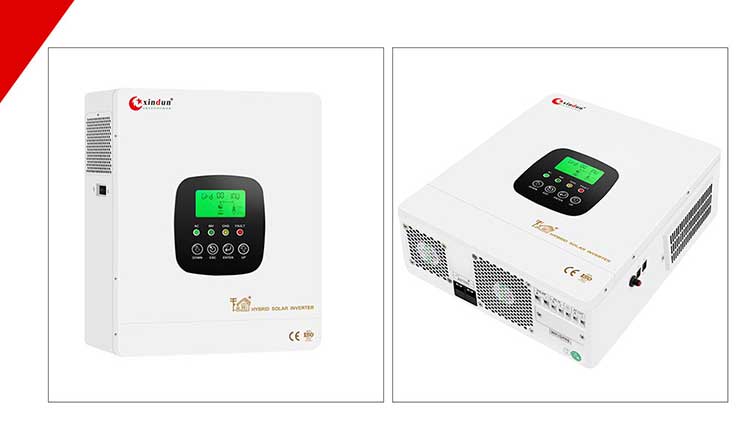
Xindun HFP on-grid and off-grid hybrid inverter 1.3KW-12.3KW, DC 12V/24V/48V to AC 220V/230V/240V
Xindun HFP inverter is high-frequency on-grid and off-grid hybrid inverter suitable for home use. It can be set to on-grid mode, off-grid mode, and hybrid mode. It supports battery-free operation mode, ultra-wide photovoltaic input voltage, city power complementation, high-frequency pure sine wave output, conversion efficiency up to 94%, adaptable to various types of loads, stable and reliable.
Xindun HFP-C Hybrid Inverter For Solar Power System
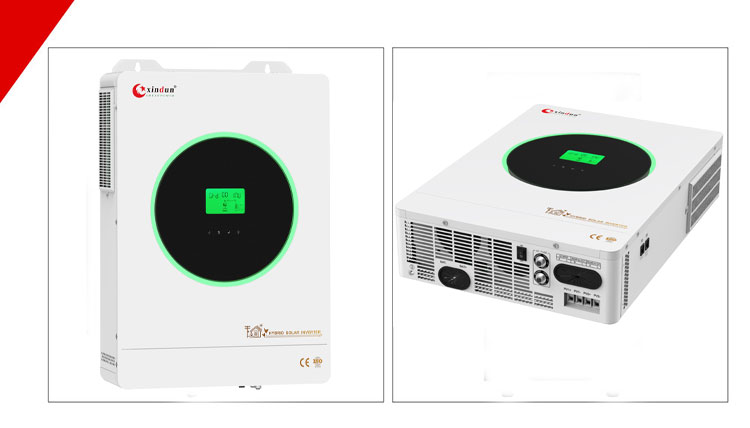
Xindun HFP-C on-grid and off-grid hybrid inverter 3.3KW-12.3KW, DC 24V/48V to AC 220V/230V/240V
Xindun HFP-C solar inverter is on-grid and off-grid hybrid inverter consisting of a large disk with RGB light strips around it, which can display different colors when used. It adopts high-frequency design, small size, high overall efficiency, high efficiency and energy saving, and built-in MPPT controller. It has dual output function, the main output port is for large power loads, and the second output port is for small power loads. It adapts to various types of loads and ensures the stable operation of electrical equipment.
Xindun WF Inverter For Solar Power System
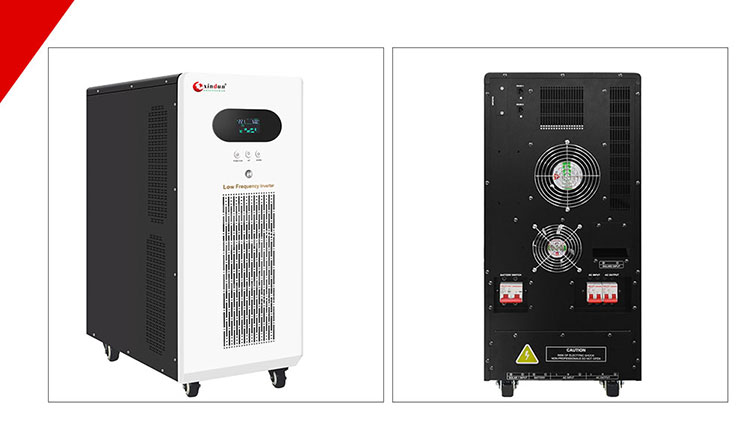
Xindun WF Solar Inverter 700W-40kW, DC 12V/24V/48V96V/192V/240V/384V to AC 110V/120V/220V/230V/240V
Xindun WF Solar Inverter with pure sine wave output at low frequency. It is not only suitable for Syria households (700W-5000W), but also suitable for small and medium-sized industrial and commercial shops in Syria (6000W-40kW). It adopts a toroidal low-loss transformer, with high efficiency and energy saving in inverter, and pure sine wave output at low frequency to ensure stable power quality. Built-in MPPT controller not only supports AC input, but also supports diesel (gasoline) generator input, and also has the function of voltage and frequency stabilization output. With automatic protection function, it can automatically shut down for protection under various abnormal conditions to ensure the safety of equipment and users.
Xindun ESS All In One Solar Power Generator

Xindun ESS all in one solar power generator 300W-7000W, DC 12V/24V/48V to AC 110V/120V/220V/230V/240V
Xindun ESS all in one solar power generator is a portable, plug-and-play, easy-to-install solar generator. It adopts an integrated design and can be used as a portable solar power station. It only needs to be connected to the solar panel to generate electricity. It has a variety of output type sockets, which can be plug-and-play. The charging interface DC 5V (USB) output port, DC 12V round hole DC output socket, and AC220V output socket can quickly power the equipment loads with different output ports. It greatly simplifies the installation and use process of the system, making it more convenient to use. It adopts low-loss low frequency transformers, efficient inverter conversion, and pure sine wave output of low frequency, providing powerful and stable output capabilities to ensure the stable operation of equipment loads.
IX. Trustworthy Made in China
China and Syria have always maintained a good economic and trade cooperation relationship. During the Assad regime in Syria, Syria and China had signed a memorandum of understanding on the "Belt and Road" cooperation in 2022. If the situation in Syria stabilizes, Syria will have an urgent need to restore and upgrade infrastructure such as electricity. Solar power generation is clean and renewable energy solution. Syria attaches great importance to the construction of solar power generation.
Zamal, the former Minister of Electricity of the Assad government of Syria, has repeatedly emphasized that Chinese new energy companies and their products have an excellent reputation in the international market and are deeply recognized. The relevant Syria departments will also spare no effort to provide all-round convenience for Chinese companies to invest, and earnestly look forward to Chinese new energy companies participating in Syria's reconstruction and helping Syria's infrastructure recovery, whether it is electricity or other departments.
As one of the core equipment of solar power system, the demand for solar inverter in Syria will increase accordingly, which will also provide a very good market space for Chinese solar inverter manufacturers. Compared with similar inverter products in Western countries, China's solar inverter is more competitive in price and can provide Syria customers with cost-effective products. Not only is the price advantageous, but also the world's leading performance, which can bring a good user experience to Syria users, and truly achieve good quality and low price. Syria has a high degree of recognition and trust in Chinese products and technologies, which are very competitive in Syria and the Middle East market.
Chinese solar inverter manufacturers can provide inverter products of various types and specifications, such as Xindun Power Solar Inverter Manufacturer, whose products cover various fields such as household, industrial and commercial, and large power stations, meeting the needs of customers of different sizes and different application scenarios in Syria. Whether it is a small home solar power system or a large commercial solar power station, you can find a suitable inverter product.
Ⅹ. Xindun Solar Inverter Manufacturer
Founded in 2006, Xindun Power is a professional solar power system manufacturer that has been deeply engaged in the innovation and development of solar inverters. As Chinese solar inverter manufacturer, Xindun has continuously gained the trust and praise of global customers with its excellent product quality and technical strength. Xindun's solar inverters have been exported to more than 100 countries and regions around the world, and have become the trusted choice and OEM base of many overseas dealers. Xindun Power has always been committed to promoting the application and development of green energy and providing efficient and reliable solar energy solutions for global customers.
Xindun Power is headquartered in Foshan, Guangdong, China. Xindun Power has a research and development team composed of dozens of elite engineers, and has continuously increased its research and development and innovation of products to promote the continuous advancement of solar inverter technology. Strictly control product quality, Xindun Power strictly implements ISO9001 quality management system standards. From raw material procurement to finished product delivery, each process is strictly inspected to ensure that each inverter can meet international standards and market demand for high-quality products, ensuring product performance is excellent, safe and reliable.
Xindun Power has a variety of solar products, such as on grid and off grid hybrid inverters, low frequency/high frequency inverters, all in one solar power generator, and three-phase solar inverters, covering solar inverters with different power specifications from 300W to 160KW, as well as MPPT/PWM solar controllers, solar panels, lithium batteries/lead-acid batteries and other solar power system products, providing one-stop solution for building a complete and efficient solar power system. Xindun Power's inverter products can meet the daily lighting and home appliance use of ordinary Syrian families, as well as the electricity needs of industrial and commercial enterprises.
In order to better serve the overseas market, Xindun Power has established branches in East Africa, West Africa, South Asia, Southeast Asia and other regions, and has set up marketing centers and warehouses to respond to the needs and feedback of local overseas customers more quickly and accurately. Whether it is product consultation, sales support, or after-sales service, Xindun can provide users in overseas regions with a full range of one-stop solutions.
The above is the recommended content about Syria's solar inverters, and also details the development and investment prospects of solar power systems in Syria. I hope this article is helpful to you. If you want to cooperate with Xindun or purchase solar inverters and power systems, you can leave your information and needs in the customer service window below the website (https://www.xinduninverter.com). Xindun will contact you as soon as possible during working hours.

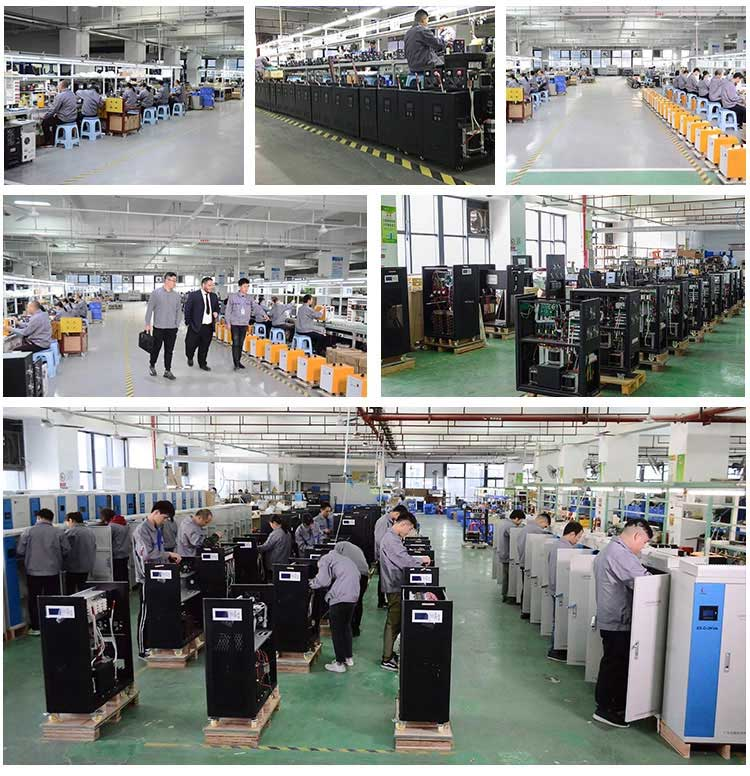

 Solar Inverter
Solar Inverter





 Hybrid Inverter
Hybrid Inverter
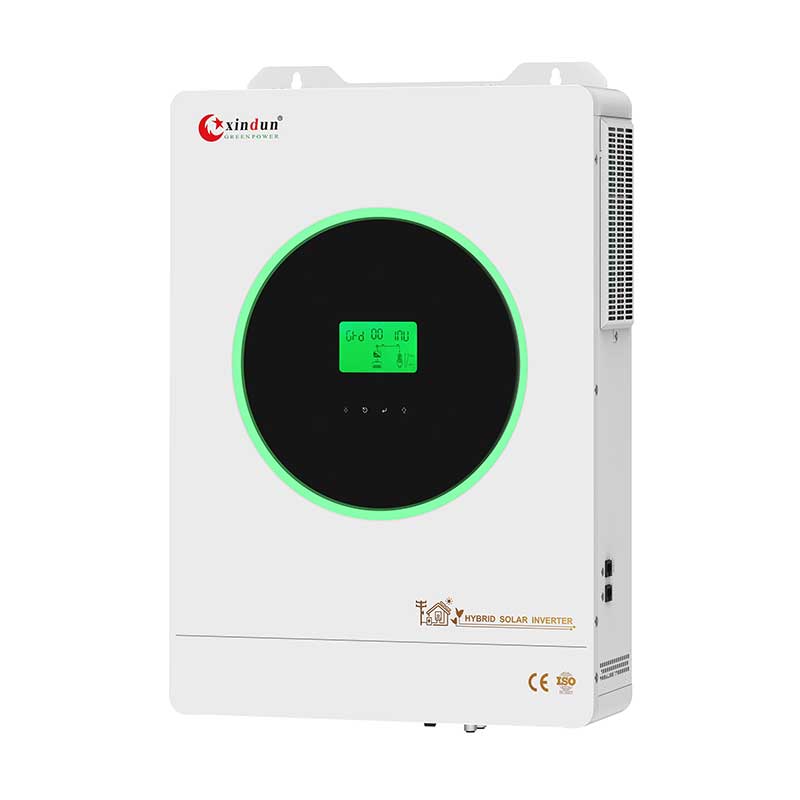
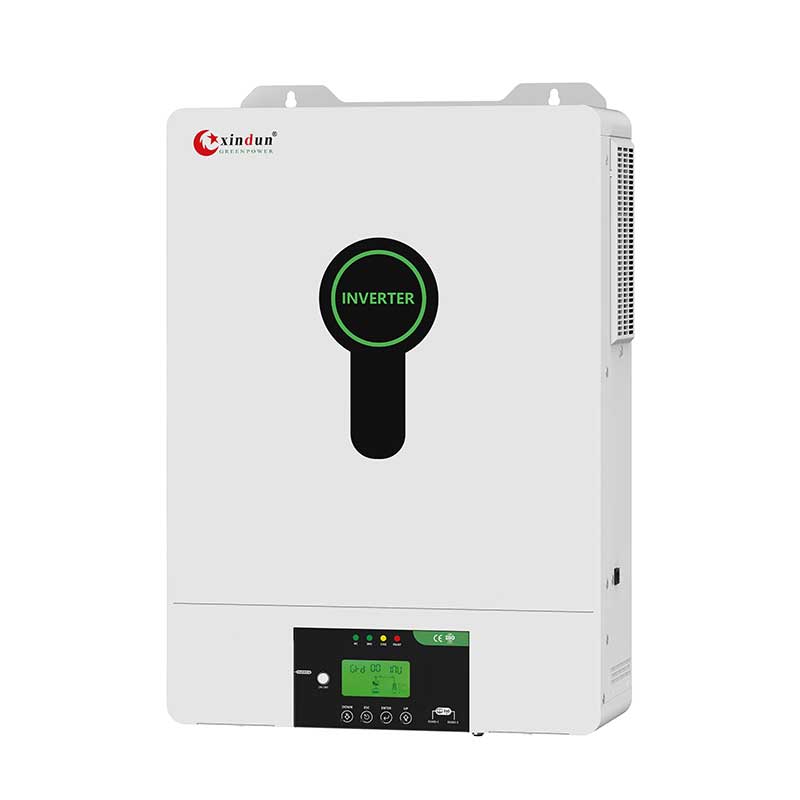


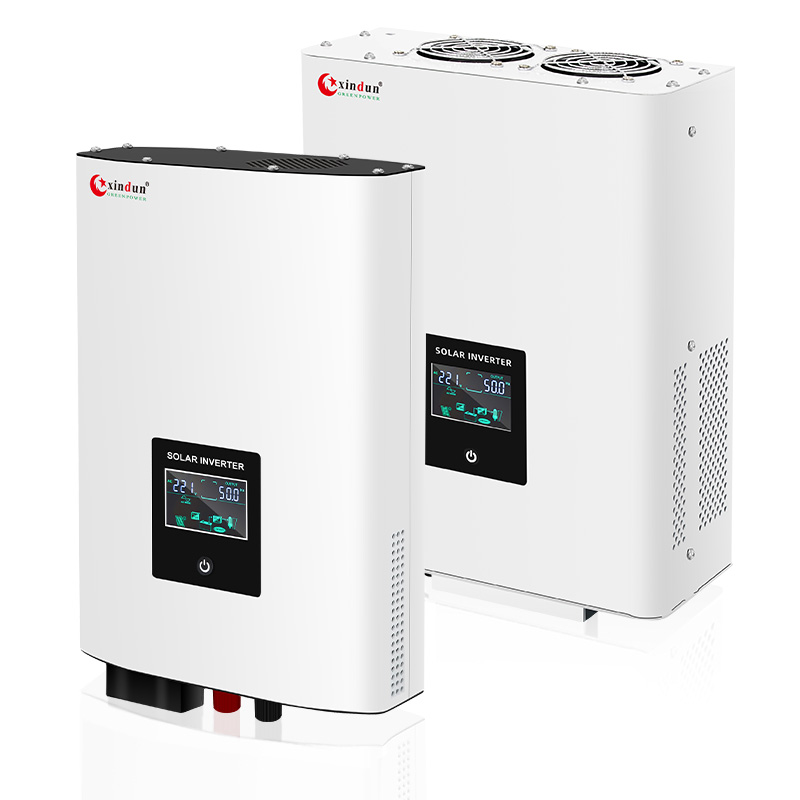
 Power Inverter
Power Inverter
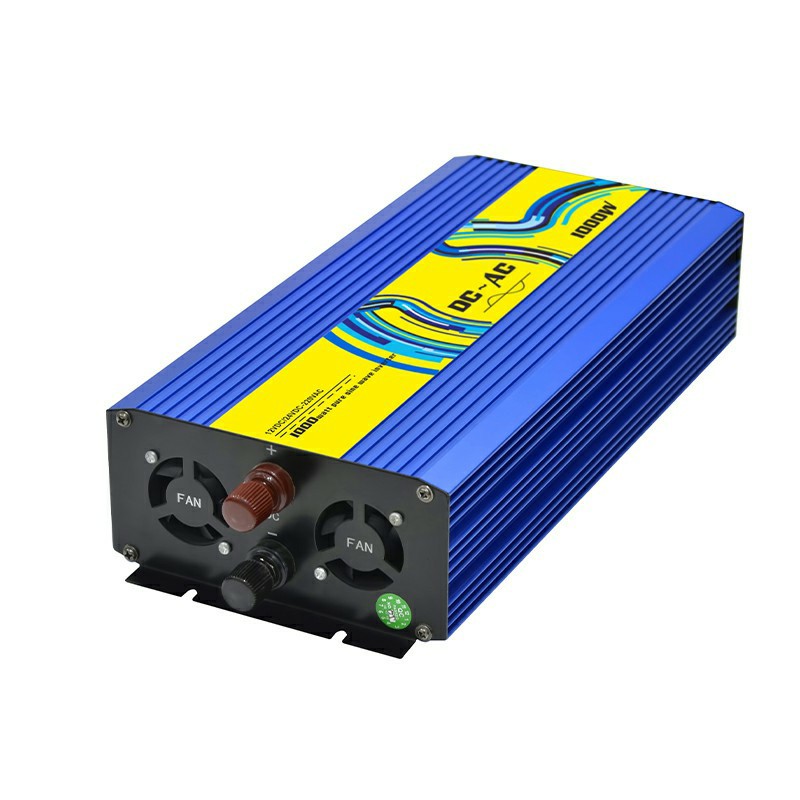


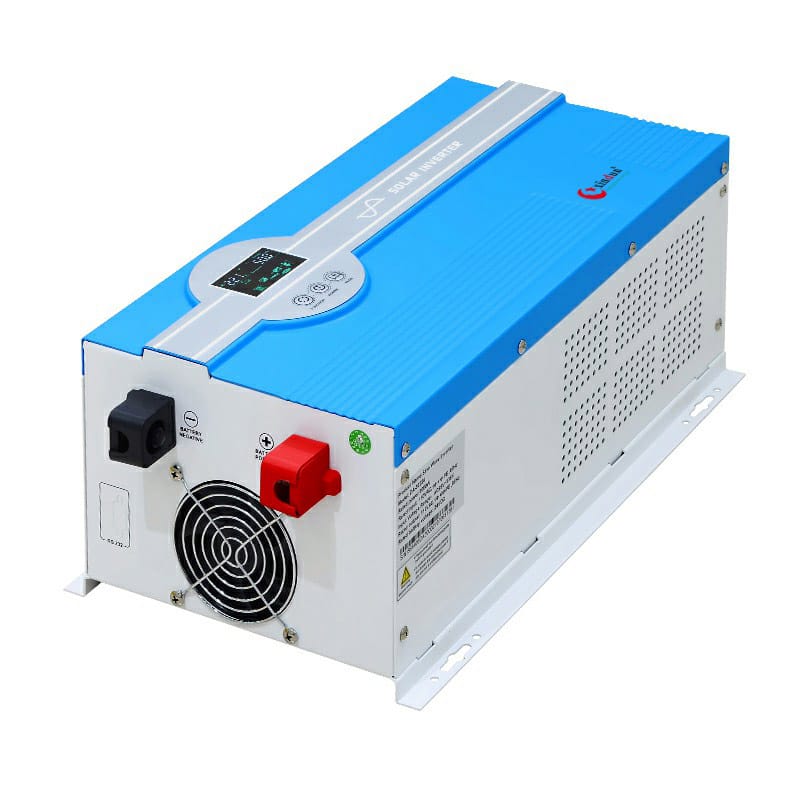
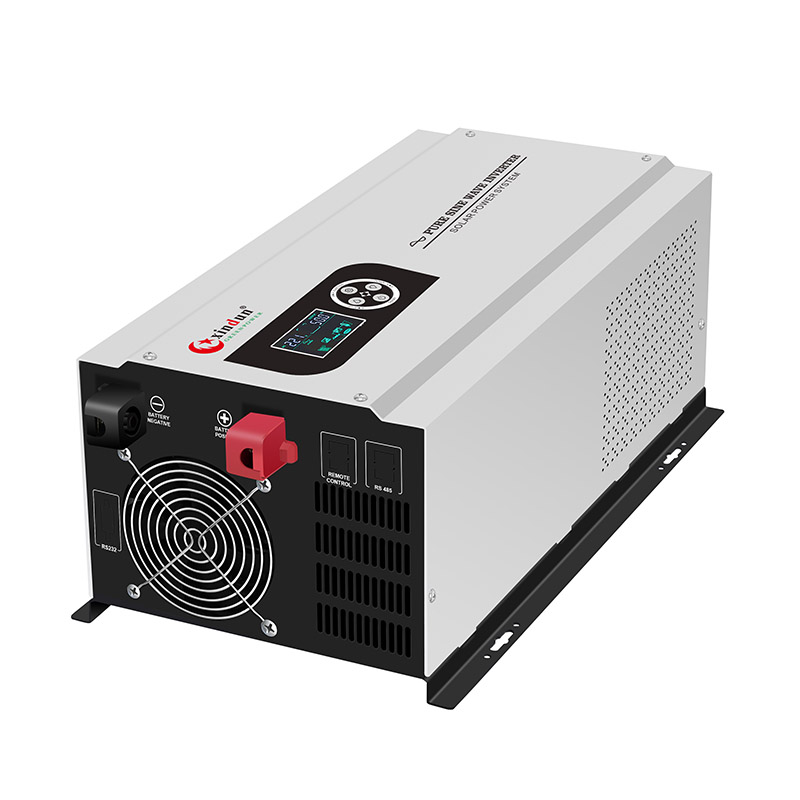
 Split Phase Inverter
Split Phase Inverter

 Energy Storage Inverter
Energy Storage Inverter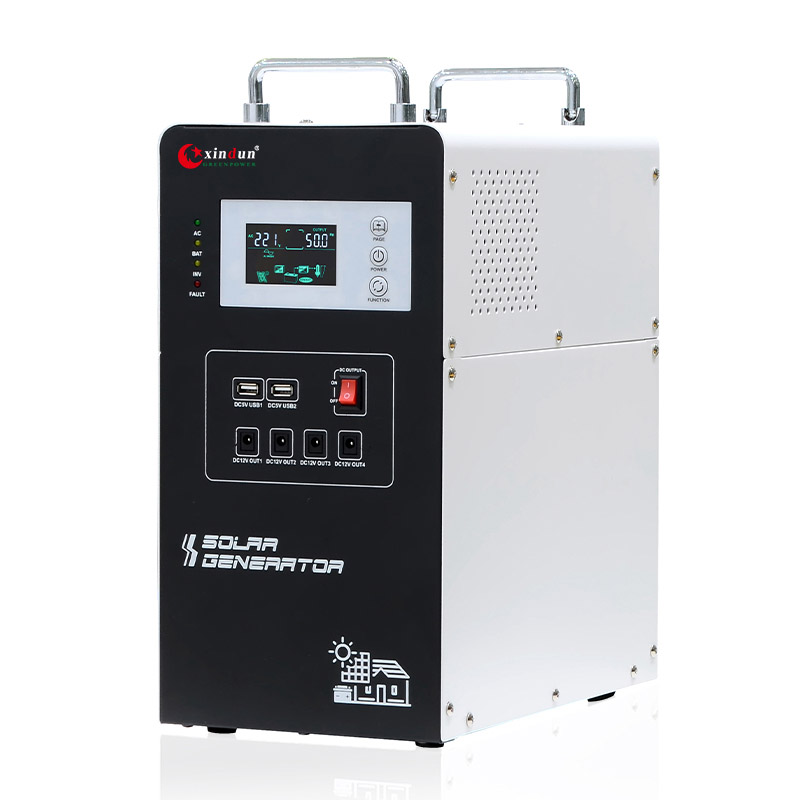




 3 Phase Inverter
3 Phase Inverter
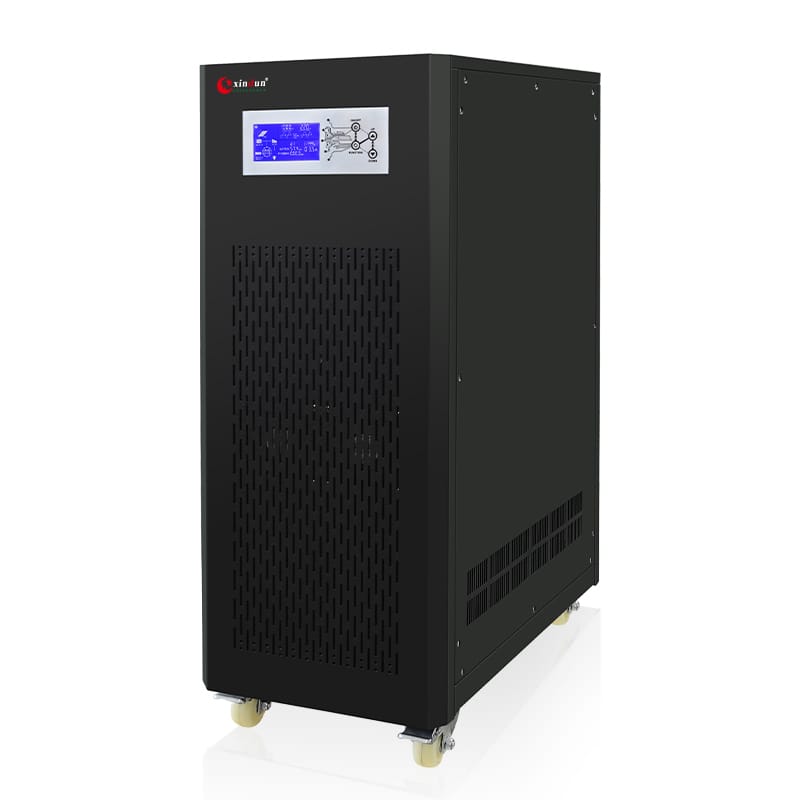



 Solar System Kits
Solar System Kits





 Solar Charge Controller
Solar Charge Controller
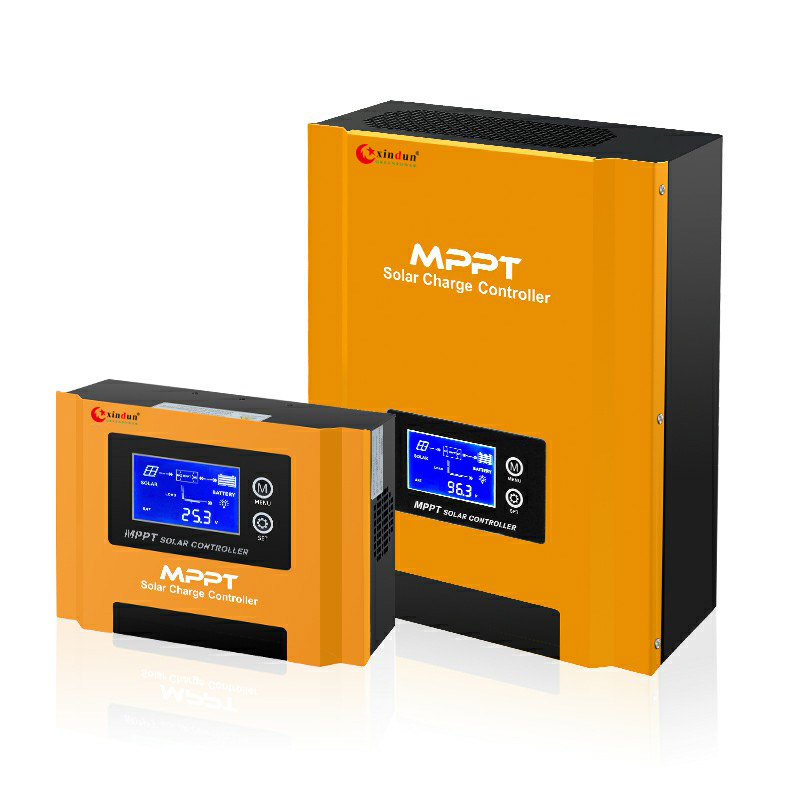

 Solar Battery
Solar Battery



 Asia
Asia
 Africa
Africa



 South America
South America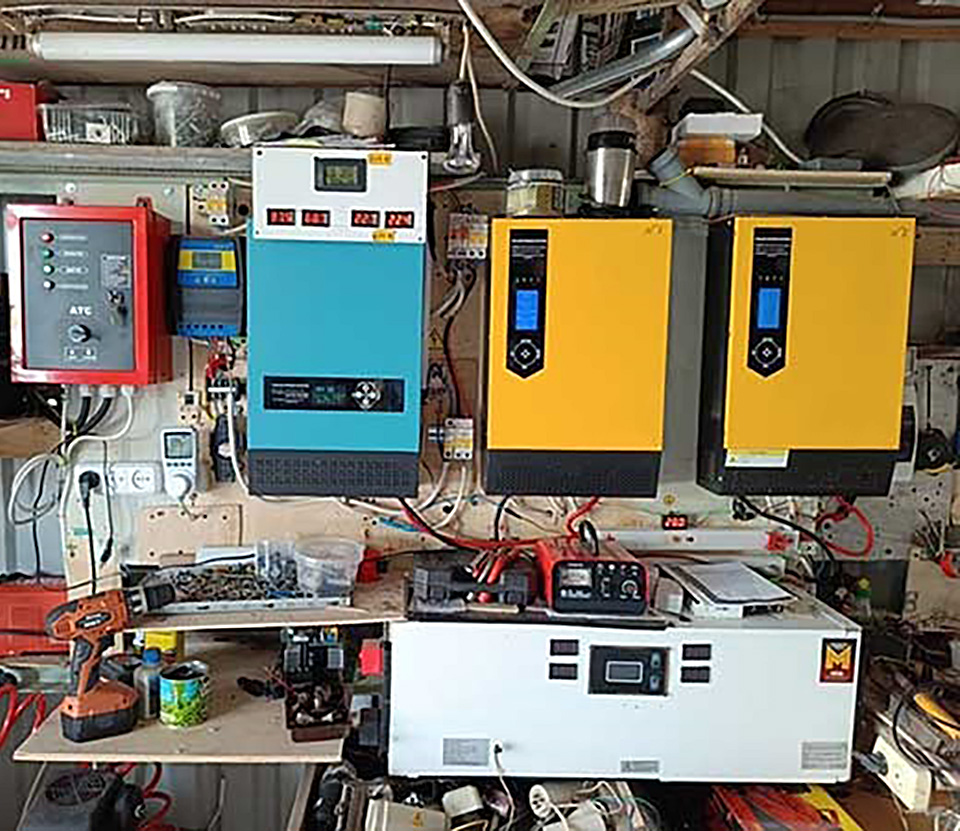
 Europe
Europe

 North America
North America

 Oceania & Antarctica
Oceania & Antarctica










 Home
Home The Development Prospects Of Solar Power Inverters In Ghana
The Development Prospects Of Solar Power Inverters In Ghana  Top Selling Products
Top Selling Products














